The infamous August 4th 2020 Beirut Port Blast has brought into question the city’s planning and problematic decisions that have shaped the city and its socio-spatial construct, including ways in which gender vulnerabilities have been exacerbated over time, making women in Beirut among the most affected by crises. As a response to the explosion, multiple initiatives have sought the enablement and wellbeing of women by providing them with livelihood support, protection services, and by encouraging their leadership and participation in the coordination frameworks. However, a year and a half after the port explosion, rehabilitation projects are expanding beyond the blast’s immediate impact, and urban visions and plans for the port and its nearby neighborhoods are being put forward to “build back a better city”. This should not be done without a deeper look into the relationship between women and the urban space, if we really want a city where women have equal urban rights. A healthy and liveable city, for instance, is one where women can access the public domain as their own, not only for movement and transport, but also for social interaction, cultural expression, civic engagement, and more. In this blog, we explore the gendered use of public spaces in the Karantina neighborhood of Beirut that was drastically impacted by the Beirut Port Blast, drawing insights from the gender-sensitive public life assessment research project conducted by UNDP Lebanon and CatalyticAction charity, as part of UNDP’s integrated neighborhood recovery mechanism.
Read the full article on the UNDP Lebanon website, authored by Roland Nassour, Urban Recovery Officer, UNDP Lebanon and Joana Dabaj, Co-founder and Principal Coordinator, CatalyticAction
Recommended by Luisa Bravo



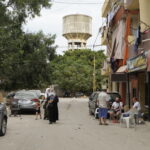
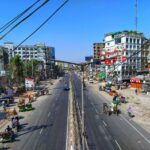
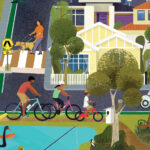
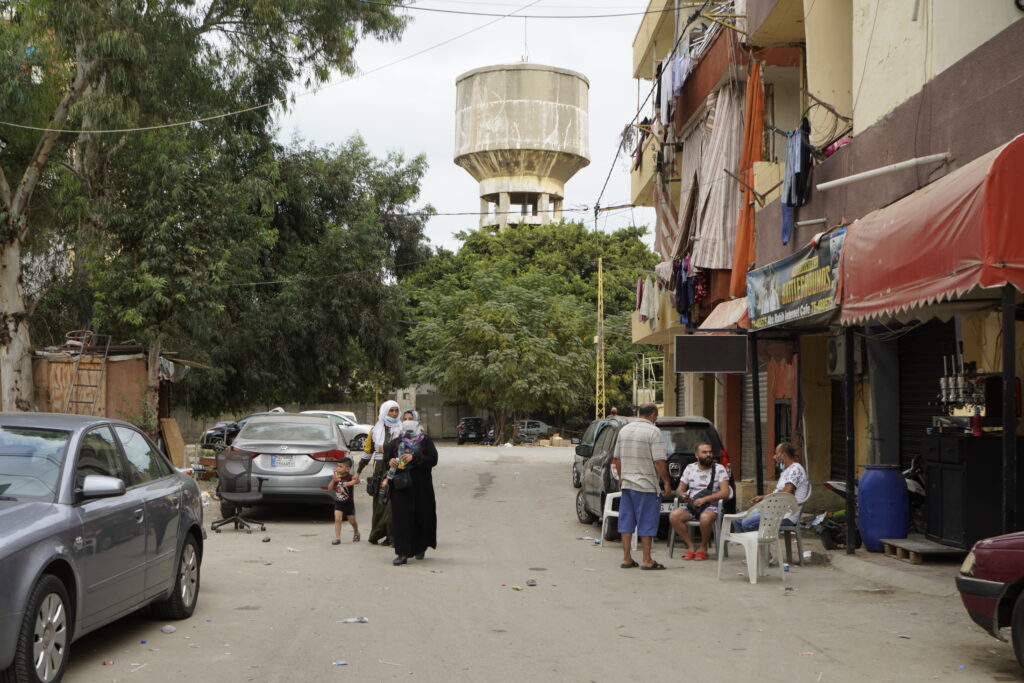
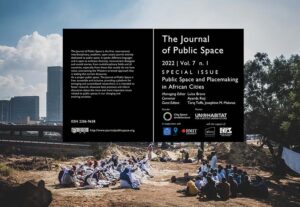


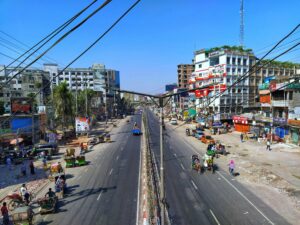
More Stories
San Francisco Shared Spaces Sustainability Strategy
Guidelines for Climate-Resilient, Gender-Responsive, and Socially Inclusive Public Open Spaces in Bangladesh
Guide to Walkable Public Space from NSW Government (Australia)